Apple iPhone 9, Xs and Xs Plus expected new features review

This excerpt from a famed Apple analyst's presentation is the 2018 iPhone tell-all
Design and display
OLED or LCD display, the notch's here to stay

JDI's Full Active flexible LCD display tech may end up in an iPhone 9
As for the casing materials of those two, they are again rumored to be glass, while the more affordable iPhone 9 (or 8s, or whatever it's called), will allegedly be made out of metal alloy in a unibody form. How's the notch going to be executed with an LCD, instead of OLED panel, is beyond our pay grade, yet Japan Display, which is rumored to supply the screen for the 6.1" LCD iPhone, has already crafted a flexible LCD display technology, so that might be a hint. Given that we should have a metal body on this one, it remains to be seen if and how it will sport wireless charging like the eventual more expensive iPhone Xs and Xs Plus.
Processor and memory
A 7nm A12 made by TSMC, and a 512GB iPhone storage may be in the cards
Needless to say, we expect a 7nm Apple A12 chipset in the 2018 iPhones, as there are indications that this production node will become available in the second half of next year, rather than for the spring flagships, as we hoped. Still, the A11 is plenty fast anyway, and the Galaxy S9 is shaping up to land with 10nm chipsets like the Snapdragon 845 and Exynos 9810, so Apple may simply decide to focus on adding extra features to its silicon line, like the rumored gigabit Intel modem.
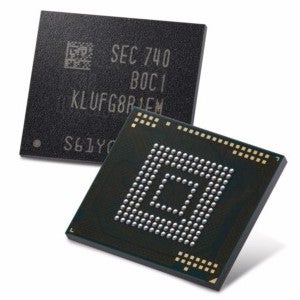
Samsung's out with 512GB mobile storage
We don't expect the amounts of RAM to change compared to this year's editions, though Apple may pleasantly surprise us, but there is а rumor making the rounds that Apple may go wild with a 512 GB version of the iPhone X successor. Samsung has already announced such a flash memory chip for mobiles, so it's certainly doable, but we cringe at the thought of that model's pricing.
Camera
There aren't many details yet about the cameras on the three expected iPhones, but we can reasonably expect the more affordable gear to be outfitted with the current dual camera of the iPhone 8 Plus to keep its costs at bay, while the iPhone Xs and Xs Plus could sport the current dual-OIS kit of the X, with eventual sensor and/or optics upgrades.
Battery
Next year's iPhones may pack a single-piece L battery with increased capacities
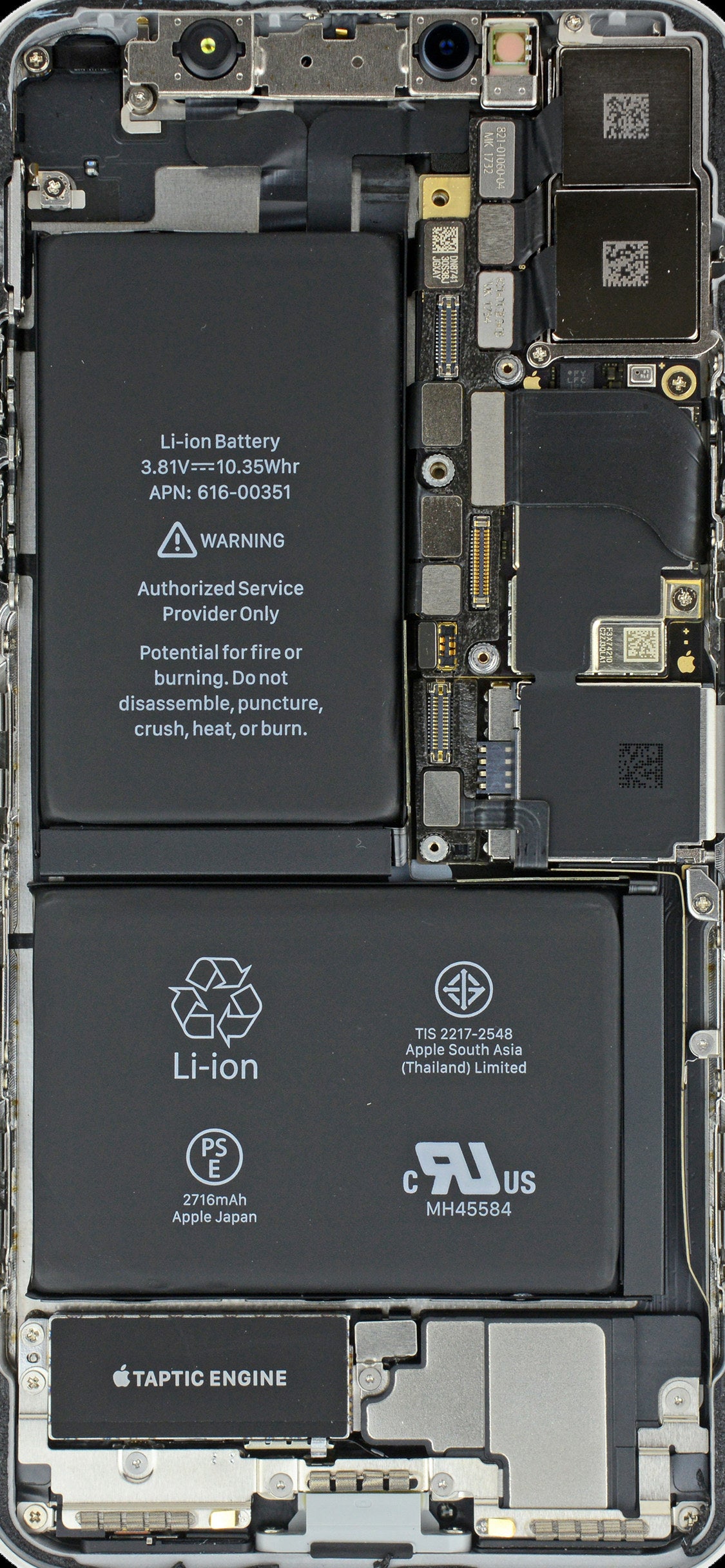
The separator between the two battery pieces may be gone next year
Apple obviously plans to take things a bit further - as per everyone's favorite iPhone analyst Ming-Chi Kuo, next year's iPhone X sequel could be equipped with a 2900-3000 mAh single-piece L-shaped cell. The rumored 6.5-inch model will be powered by a 3300-3400 mAh battery, tips the KGI guru in a note to clients, while the LCD model with a 6.1" panel would use an othodox rectangular battery rated at 2850-2950 mAh. That will allow Apple to keep down costs on this particular model, and at the same time promises quite an extra chunk of battery life added to the 2018 iPhones, especially if the A12 lands as a 7nm chipset indeed.
Connectivity
Gigabit LTE speeds and an eventual dual SIM iPhone version tipped for 2018
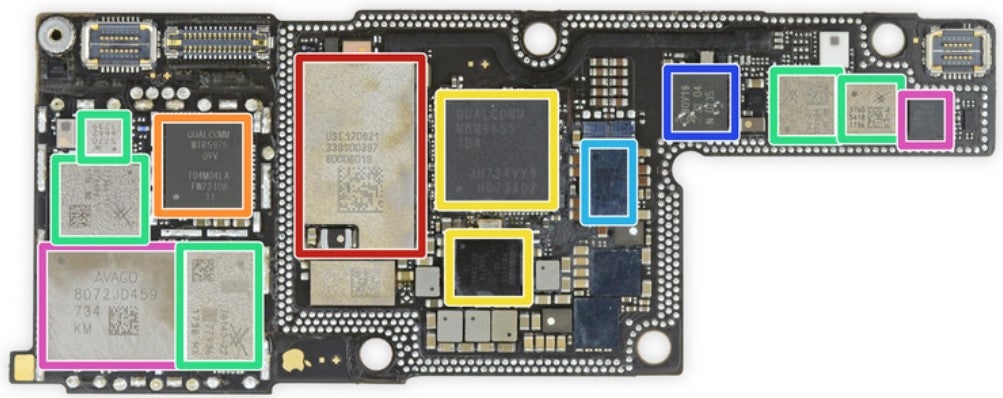
Qualcomm's X6 modem (in orange) may give way to Intel'g gigabit LTE gear
Entangled in a patent war with Qualcomm, Apple is trying to avoid the use of its components like cellular modems any way it can, and has been shipping iPhones with Intel modems for a while now, destined for GSM networks. The iPhone X isn't spared this duplicity, and comes in versions with both Qualcomm's X16 LTE modem, and Intel's XMM7480. Apple has most likely crippled the Qualcomm modem inside certain iPhone X versions (looking at you, Verizon and Sprint models), to match the inferior abilities of the Intel modem in AT&T and T-Mobile's versions.
Apple, however, is working together with Intel on gigabit LTE and 5G modems for next-gen iPhones, and perhaps even a dual-SIM model. It is trying to break away from Qualcomm as a supplier, due to the ongoing patent feud between the two, but until that bright future comes, you'd better get the iPhone X A1865 model from Verizon or unlocked, just to be on the safe side. Needless to say, most countries and carriers flaunt GSM networks, so the "Intel inside" version of the X outnumbers the X16 model, but as soon as next year Qualcomm may be completely out of the picture.
Price
Next year, Apple may have prices for everyone, starting at $649
The cheapest 6.1" iPhone 9 (or 8s) model with the LCD display and metal body is expected to cost $649-$749 in the United States, according to Kuo, while the prices for the Xs and the eventual Xs Plus are anyone's guess. Given the inevitable cut in component prices that will happen ten months from now, Apple might decide to lower the starting tag of the Xs a bit compared to the X, launching it at, say, $799 for the base version, while the rumored Xs Plus with a 6.46" OLED panel could fill the $999 shoes. We'll leave it to you to predict Apple's pricing for an eventual 512 GB version of an iPhone Xs Plus.
Follow us on Google News










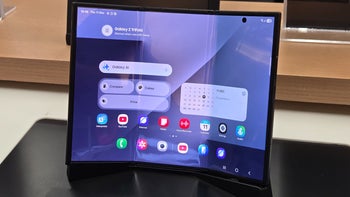
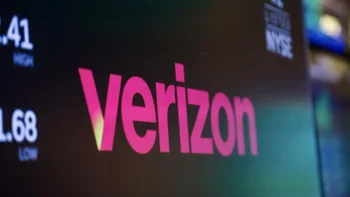
Things that are NOT allowed:
To help keep our community safe and free from spam, we apply temporary limits to newly created accounts: